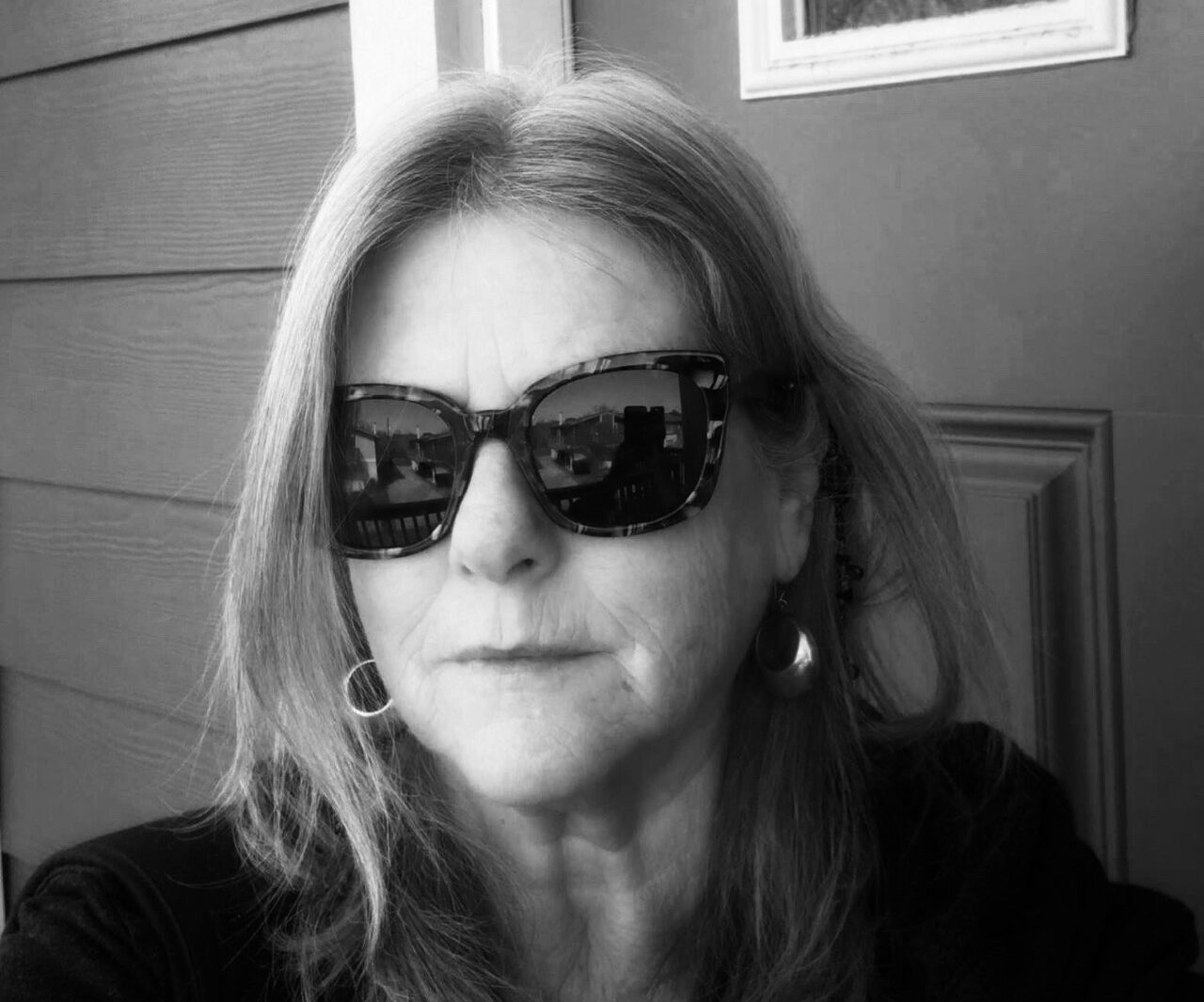
by Jane Hammons
Decades ago, when I was earning a teaching credential at UC Berkeley, I was assigned a class of graduating high school seniors who were not going to graduate unless they passed a writing proficiency exam. Students from many backgrounds and dispositions filled this classroom: the school bully; depressed students unable to complete assignments; many multilingual students, some of them refugees from wars and revolutions in Central America.
Some students were described as “low IQ.” Others were absent so often they’d never managed to be in school on days the exam was given (several times a year beginning in ninth grade.) I had taught first-year comp as a graduate student at the University of New Mexico, and beginning in my own high school years, I’d tutored students at all grade levels. But as the teacher in charge of this class, I was unsure where to begin. My gut told me it wasn’t with the essay.
So I handed out copies of Why I Am Not A Painter by Frank O’Hara.
We read to borrow, not to analyze. We wrote poems using the opening lines:
I am not a painter. I am a poet.
Why? I think I would rather be
A painter, but I am not. Well,
We wrote poems about what we were and what we were not. We were and were not many things. Soccer player, baker, guitar player, singer, artist, mother, runner, boxer, gymnast, barrel racer, jewelry maker—the list was impressive.
Only one of us wrote writer after I am.
Students challenged my statement. If I was a writer, why was I teaching them instead of being rich and famous like Stephen King? I explained that writing was published in many ways and that I most often published in small journals and literary magazines. They were skeptical. Unimpressed. One student said I was like a bench warmer on a minor league baseball team. Right, I said, eager to get the attention off me, adding that I might be a farm team writer but I was a Reggie Jackson teacher (we were in Oakland, after all), and I’d knock teaching them out of the park.
Most but not all passed the proficiency exam.
Three wrote poems that were published in the school literary magazine; one had a drawing published in that magazine, another a cartoon.
One student (the cartoonist) banged her head through the glass window of the principal’s office upon receiving her not passing score.
For over half my life, I taught writing and learned a lot from students. I’ve been retired from teaching for seven years, but it’s hard for me to separate writing from teaching or teaching from learning, something I hope to never stop doing. From my students I learned the value in doing things that are so hard they seem impossible.
WHY I AM NOT A DANCER
Step in. These are the first words of any Nia routine.
I like the invitation.
Nia is a form of dance that combines elements of martial arts, yoga, and modern dance. In the first class I took, I learned from the young instructor that Nia was most influenced by Isadora Duncan, mother of modern dance. Free-flowing hair, loose garments and bare feet are the hallmarks of her dance. She was anti-ballet, the un-ballerina.
I saw Isadora Duncan-style dancers for the first time at a place in Berkeley known as The Greek Temple. A colleague in my department invited me to celebrate her 50th birthday there and to not bring a gift but something to share—food, a song, writing. I had not known that she was both a dancer and a teacher of dance in the Isadora Duncan school. She danced with some of her students. I read a poem. The connection between dance and writing was forged in a way I wouldn’t understand for a number of years.
In addition to the invitation, I like the spirit of Nia. Some moves are graceful, others intentionally ungraceful. Many routines involve yelling, grunting, clawing the air, pounding the floor. Some moves are sweeping and athletic. Others are small—flicking fingers, a move called “catching flies”. Routines often focus on a particular part of the body—hands, feet, arms, belly—combining big and small, noisy and quiet, graceful and awkward moves. Some aspects of Nia are meditative. Dancers are instructed to focus on breath, on the heart, find things to be grateful for, acknowledge beauty. Both the moves and moods of Nia shift throughout any given routine, requiring concentration to perform.
I recently moved and, for the first time in my life, have an office—a room of my own. It is also the room where I practice Nia. Before the pandemic I most often did Nia in a class with others. Until I’m ready to get back to a gym or studio, I use the Nia app and dance alone or with friends in my office. It isn’t something I can give up.
After class an instructor once said to me, “I like how comfortable you are off balance”—understanding something essential about me, knowing me only from class.
Balance is something we value—balanced diet, balanced budget, balanced life. But being off balance is valuable too—it adds a new perspective, presents a challenge. There are things to be learned in the stumble, the faltering, the fall. This is something I believed and tried to convey as a teacher. It’s hard to take risks while maintaining balance.
In my best teaching, I extended the invitation to write.
Step in.
In my best writing, I accept it.


One response to “WHY I AM NOT (and am)”
What a beautiful tribute to your career as a teacher and a writer! Thank you for sharing this part of your life with us.